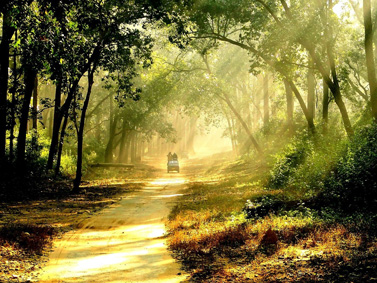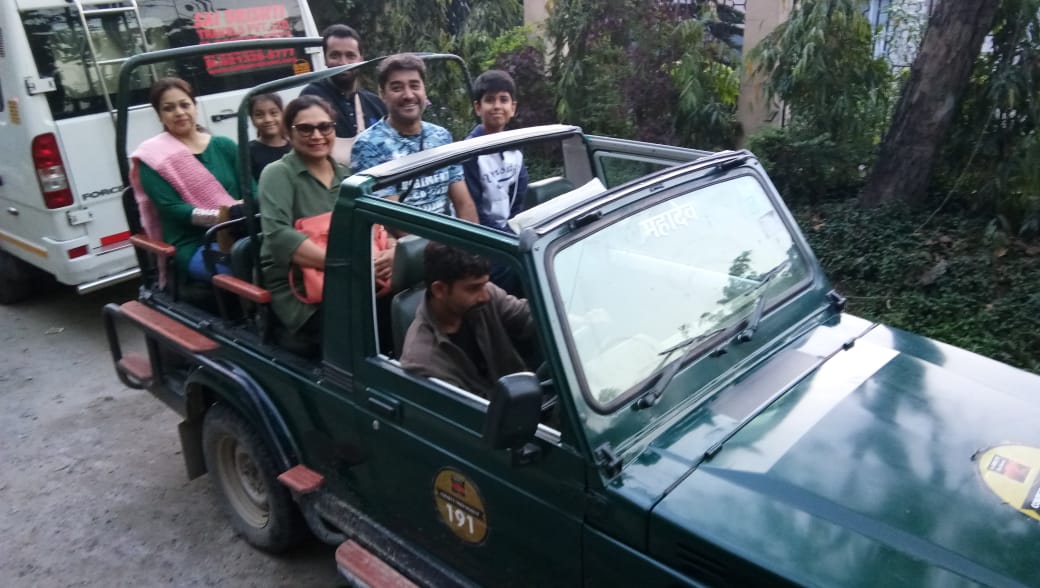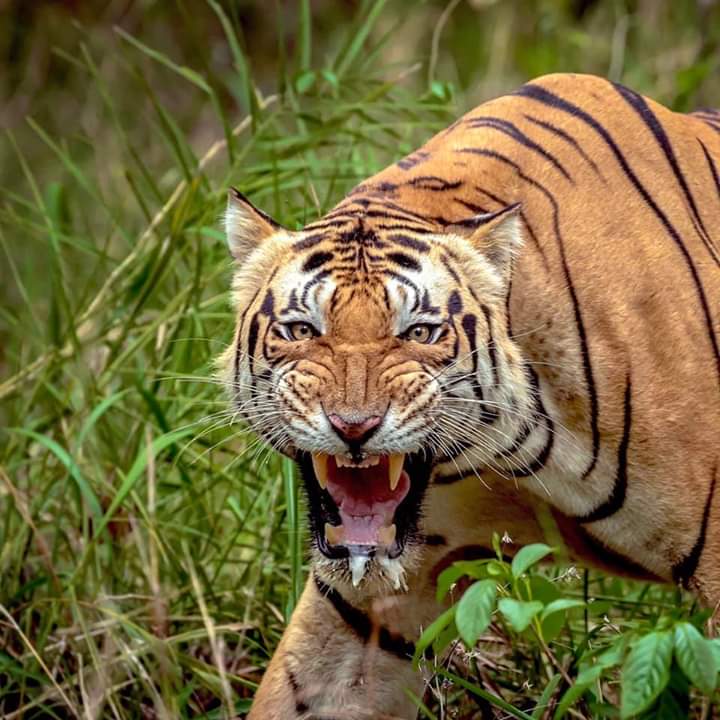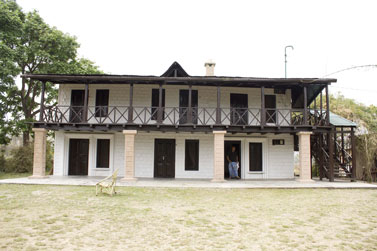Corbett Landscape Jeep Safari
Sitabani buffer zone is very famous tourist spot of Corbett National Park. This buffer zone is not in under of Corbett Tiger Reserve (CTR). It means Corbett Park’s rule regulation not apply in this zone. One can take a wild trek inside the forest. There is a famous temple dedicated to lord Shiva and a beautiful river. Wildlife safari of this zone is also very famous. When people don’t get permit of CTR zone they choose Sitabani for safari. In safari you can see here tigers, leopards, elephants, dears, jackal, wild boar many other animals.This zone is very famous amongst bird watchers specially Vulture lovers.

Best Time For Safari in Corbett Landscape Zone: Morning & Evening.
Note : Maximum 6 persons are allowed in a Gypsy.
Child below 5 years will be complimentary.
Safari Includes: All entries, road tax, guide fee and gypsy charges.

Jeep Safari Information:
The speedy as well as a relaxed mode to discover an area. If tourists are scheduling a courageous holidays in Himalayan district, the Corbett National Park is the best objective and the jeep safari is the top choice. The tricky species of natural world can be searched effortlessly. A certified & specialized Environmentalist will also convoy with tourist. Relax the superb loveliness of the Corbett National Park and find out the prosperity of flora and fauna through jeep safari.
Zones: Corbett Landscape, Jhirna & Corbett Landscape
Note: Maximum 6 Persons are allowed in ONE Jeep
Note:
ID Proof: DL Number, PAN Card Number, Voter ID, Passport Number, Student ID etc.
The Traveler has to carry the same ID Proof as submitted in this form, while visiting Corbett National Park.
The Jeep will pickup & drop from/to the Resort/Hotel/Railway Station as specified by the Traveler. (Conditions Apply)
Safari Charges are NON-REFUNDABLE.

Jhirna forest rest house is with an interior of the southern limit of the Park. The rest house is on the road of Ramnagar to Kalagarh that turns in a East-West direction through the Park. The landscape is drier than in Dhikala and of the vegetation is mainly undergrowth. Jhirna was an agricultural village until 1994, date on which it was moved within the framework of the Tiger project. The hills in the north of Jhirna are covered with dense spots of bamboo. In more d' to be a good habitat for the tiger, the leopard and the stag, the place accommodates the other mammals like interesting sloth bear and the wild boar. A variety of birds can also be appreciated here.




